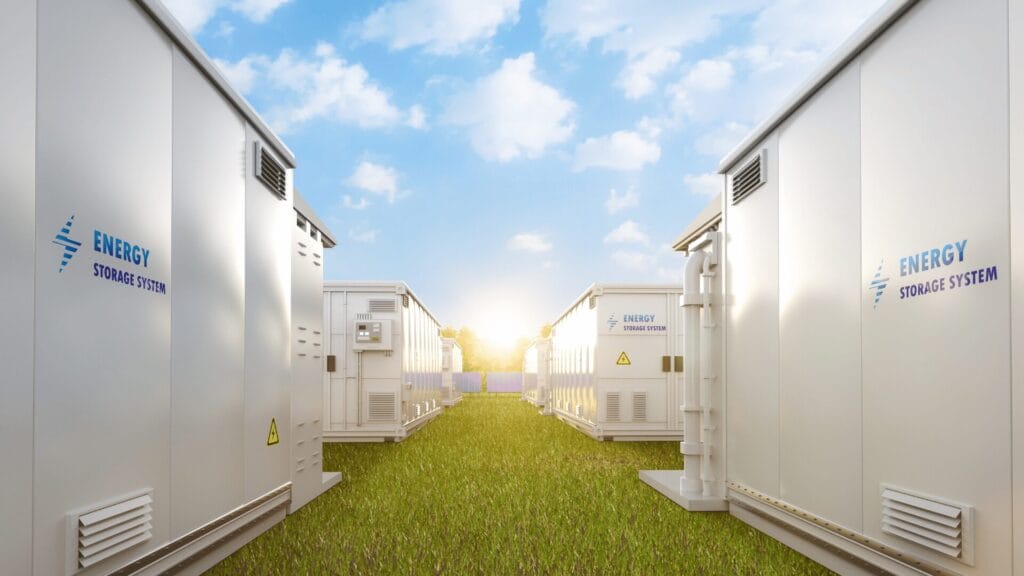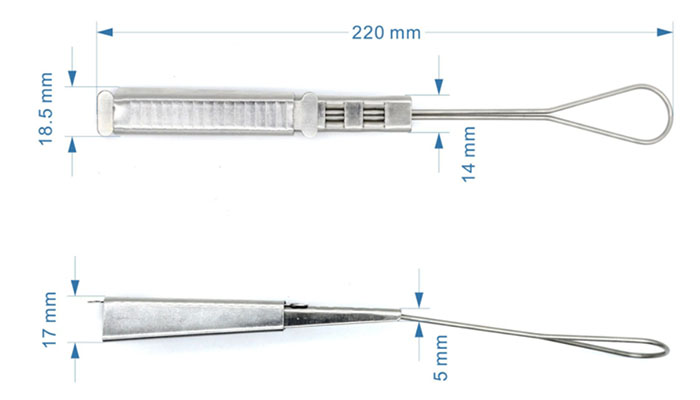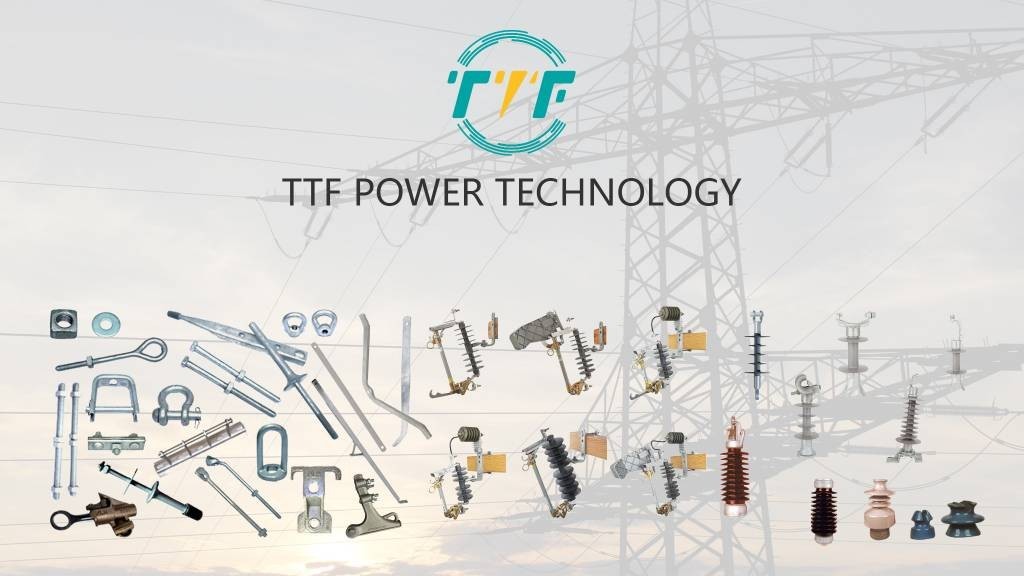
Chile has become a hotbed for renewable energy, attracting various investments from different companies. It benefits from increased solar, wind, and battery energy storage systems construction. Regions like the Atacama Desert provide resources necessary for renewable energy growth in Chile. Metlen Energy & Metals recently acquired EPC agreements to develop solar and energy storage projects in Chile. This consists of a 190.5 MWp solar PV project alongside 2,500 MWh of battery energy storage system capacity. In addition, the company is advancing its own investment with the Mesembria Project, a 1,607 MWh BESS. These efforts position Chile’s renewable energy landscape at the forefront, contributing to the energy transition goals. Drop wire clamps secures and manages electrical connections in battery energy storage systems. They support the cabling infrastructure connecting batteries, inverters, and transformers to the grid.
The use of drop wire clamps ensures the electrical infrastructure is secure, durable, and efficient. This supports the country’s push for renewable energy stability. A drop wire clamp holds and fastens insulated or bare electrical wires to structures such as poles or walls. It maintains firm contact between power lines and terminal points to ensure consistent energy flow. Battery energy storage systems involve heavy-duty electrical cables. Drop wire clamps distribute mechanical load and reduce strain on connections that could lead to failures. They reduce wear and tear to prevent disconnections and reduce the risk of short circuits.
Impacts of battery energy storage systems in Chile’s energy sector
The development of battery energy storage systems is transforming Chile’s energy sector. This is by improving grid reliability, renewable energy integration, and energy efficiency. BESS also reduces costs and supports Chile’s goal of becoming a global leader in green energy. Metlen has shown its commitment by the inauguration of the Doña Antonia Solar Park and the Tocopilla and Tamarico Solar Parks. BESS increases renewable energy use, enhances grid stability, increases efficiency, reduces fossil fuel dependence, promotes economic growth, and strengthens Chile’s energy independence. Additionally, government policies and incentives, including auctions for renewable energy with storage, are driving growth in Chile.
Functions of a drop wire clamp in BESS development in Chile
Drop wire clamps ensure the mechanical stability, electrical reliability, and safety of BESS in Chile. They contribute to the efficiency, durability, and safety of BESS installation to support Chile’s transition to a more sustainable energy future. Drop wire clamps are designed to withstand vibrations and movements caused by earthquakes. Here are the functions of drop wire clamps in Chile’s BESS.

- Mechanical support—drop wire clamps provide mechanical support for cables and wires to ensure they are securely fastened to structures. This helps prevent sagging, vibration, or movement that could lead to wear and tear.
- Electrical continuity—the drop wire clamps ensure a reliable electrical connection between cables and the BESS components. These include inverters, transformers, and battery modules.
- Environmental protection—drop wire clamps protect cables from environmental factors like wind, rain, and UV exposure. They help ensure cables remain intact and functional despite harsh weather conditions.
- Ease of maintenance—proper installation of drop wire clamps makes it easier to inspect, maintain, or replace cables when necessary.
Technological innovations in Chile’s BESS
The development of BESS in Chile is mostly driven by the need to enhance energy stability and security. Chile’s environmental conditions increase the adoption of several technological innovations in BESS. They aim to improve efficiency, reliability, and safety while addressing the challenges of renewable energy. Discussed below are the technological innovations in Chile’s BESS.

- Advanced battery chemistries—these include lithium-ion batteries, solid-state batteries, and flow batteries. They provide high energy density, efficiency, and declining costs.
- Energy management systems (EMS)—Advanced EMS use artificial intelligence and machine learning to optimize the charging and discharging cycles of batteries.
- Grid-forming inverters—grid-forming inverters create their own voltage and frequency to provide stability in isolated weak grids.
- Modular and scalable designs—modular BESS designs allow for flexible scaling of storage capacity, making it easier to adapt to changing energy demands and project requirements.
- Thermal management systems—efficient thermal management is crucial for maintaining battery performance and longevity. The systems ensure the batteries operate within optimal temperature ranges and reduce the risk of overheating.
- Renewable integration and microgrids—BESS integrate with solar and wind farms to store excess energy and release it during periods of low generation. Microgrids powered by BESS provide energy security to remote communities and industrial sites.
